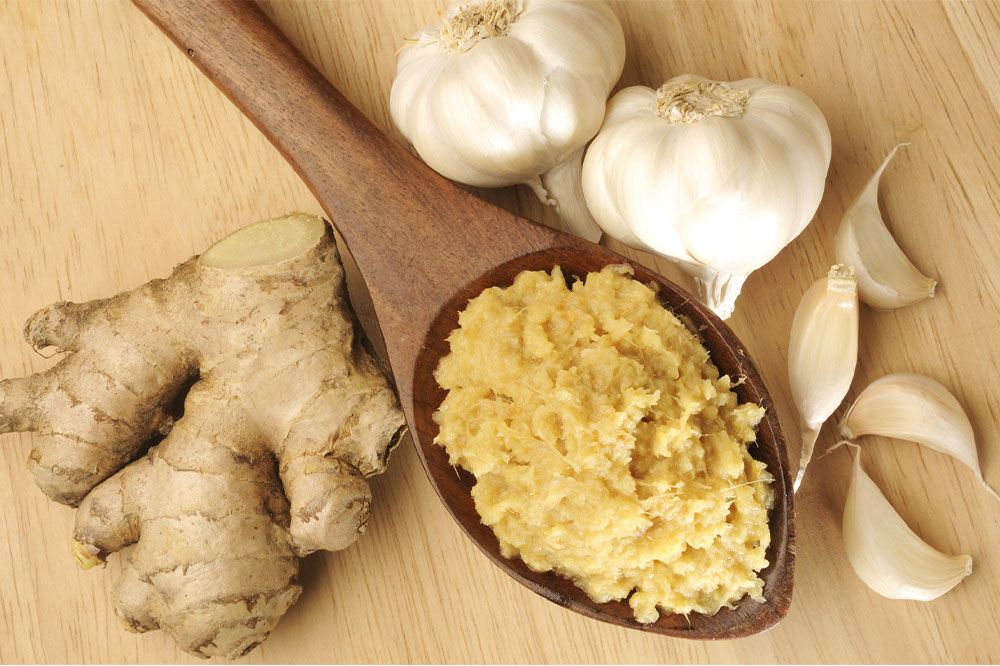
Nasal polyps – Symptoms, causes, and management
Nasal polyps are tiny non-cancerous growths that develop in the lining of the nasal passages. They appear in the shape of a teardrop or grape and result from prolonged inflammation in the nasal passageways. While polyps are harmless and painless in most cases, they can lead to many symptoms that affect the individual’s day-to-day functioning. The condition can affect people of any age, but it is more common in adults.
Symptoms
Nasal polyps are usually painless, soft, and lack any sensation. And they are so tiny that most individuals do not even realize they have them unless checked by a healthcare professional. But sometimes, the growths may be larger than usual and block the sinuses, leading to trouble breathing. Some individuals also experience nasal congestion. The other symptoms include a runny nose, difficulty breathing through the mouth, sleep apnea, and snoring. Post nasal drip is also common where excess mucus runs down the back of the throat. Further, individuals may experience pain or headaches if there is an infection in the sinuses and nasal polyps. However, in some cases, polyps do not have any signs.
Causes
Experts have not been able to determine the exact cause of nasal polyps or why some develop long-term inflammation that leads to the condition. But, what they do know is that certain factors increase a person’s chances of developing polyps. For instance, people with respiratory disorders like asthma, fungal sinusitis, and even cystic fibrosis are at a higher risk as these can lead to long-term inflammation in the nasal lining and passages. Experts also believe that those with a family history of nasal polys are more prone to the ailment.
Treatments
There are many treatment options for nasal polyps. Here are a few examples:
Oral treatments
Doctors prescribe oral treatments to reduce the inflammation in the nasal passages and shrink the polyps’ size. These treatments also help relieve symptoms like congestion and breathing difficulty. However, they might have side effects.
Nasal sprays
One can opt for a nasal spray to manage a runny nose or reduce the sensation of blockages. Like oral treatments, these sprays reduce the size of the nasal polyp. However, the symptoms might return if the patient stops using them.
Antihistamines
Patients can consider antihistamines if the inflammation is caused due to allergies; however, antihistamines do not address the polyps directly.
Surgery
If the symptoms do not reduce with the treatment options discussed above, one may have to undergo surgery to remove the growths. The type of surgery depends on the polyps’ size.
Natural remedies
A few home remedies help ease inflammation in the nasal passages. Steam inhalation is an effective option. Patients can heat a pot of water and inhale the steam. They can also take a hot shower, a hot bath, or use a steam room. Nasal irrigation is another home remedy that involves passing water through one nostril and draining it through the other with the help of a bulb syringe or squeeze bottle. It helps clear the sinuses and relieve other symptoms.
Foods to have and avoid
Besides using treatment, patients with nasal polyps must follow a healthy nutrition plan. Certain foods lower inflammation in the sinuses and should be added to daily meals. Ginger and garlic are the best examples. They have antibacterial and antifungal properties that reduce inflammation and fight infections. One can also add pepper to the meals as it helps clear nasal congestion and softens the mucus to improve mucus flow. On the other hand, patients should avoid refined sugar and dairy products like milk, butter, and cream as they can increase inflammation.




